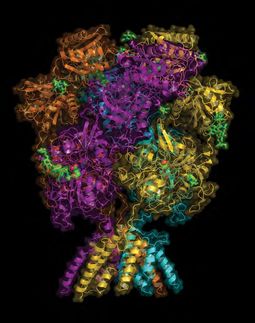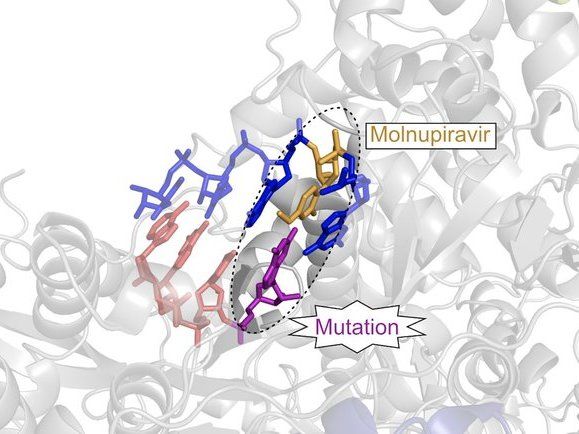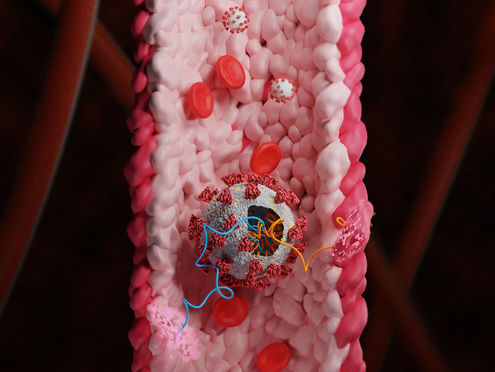Pipeline antipsychotic drugs to drive next market evolution
Antipsychotic pipeline developers have been in the spotlight in recent weeks with the announcement of the FDA approval of Johnson & Johnson’s Invega Sustenna (paliperidone palmitate), FDA panel backing for Schering-Plough’s Saphris (asenapine) and the end of Lundbeck and Solvay’s collaboration for development of bifeprunox. With a global value of around $22 billion in 2008 – and the leading drug class in the US – the commercial opportunity for antipsychotics is considerable. According to independent market analyst Datamonitor, the novel and reformulated pipeline atypical antipsychotics will be the engine that drives the growth potential of this developed market forward.
Indication expansion propels growth
Since the introduction of clozapine, the first atypical antipsychotic to treat schizophrenia, the growth of this class has been rapid. Offering improved efficacy, tolerability and superior side effects profile compared to typical antipsychotics, the launch of atypical antipsychotics further evolved the treatment of schizophrenia. However, the real growth driver has been the breakdown of the ‘stigma’ of using antipsychotics and expansion into different indications such as schizoaffective disorder, anxiety and depression. The broad clinical profile of atypical antipsychotics allows them to target a spectrum of psychiatric indications, increasing access to a wider variety and larger number of patients and therefore driving sales prescriptions and revenues. Pursuing indication expansion, AstraZeneca’s Seroquel (quetiapine) and Eli Lilly’s Zyprexa (olanzapine) became the biggest selling antipsychotics in 2008 with global sales of $5.5 bn and $5.4 bn respectively.
Saphris’s FDA advisory board backing for both schizophrenia and bipolar disorder is significant, as bipolar disorder is an even larger market by patient number prescribing than schizophrenia. Sales in bipolar disorder will be critical to the drug’s success, says Datamonitor central nervous system analyst Trung Huynh. “In this increasingly competitive environment, new market entrants need to stand out to make a significant impact on established brands and generic antipsychotics and despite a favorable side-effect profile, Saphris has only comparable efficacy and a similar mechanism of action to that of the existing brands.
“Datamonitor forecasts sales of around $600million by 2013, after which Saphris will be competing for prescriptions with generic versions of leading brands – Zyprexa and Seroquel,” he says.
Innovation - the key to success
Johnson & Johnson have successfully achieved differentiation with its depot formulation Risperdal Consta, the first intramuscular injection, which consistently releases the active metabolite over a long period of time. As such Risperdal Consta has been a commercial success with global sales of $780m in 2008. With improved patient compliance, depot formulations tackle a crucial unmet need in antipsychotics and FDA approval of follow-on product Invega Sustenna will only enhance Johnson & Johnsons antipsychotic franchise. This new depot offers a superior dosing regime with a once per month administration compared to Risperdal Consta’s once per two weeks regime, and also its improved ready-to-use formulation will provide ease of use for physcians and patients alike, Mr. Huynh says. “Invega Sustenna delivers uninterrupted compliance to patients and will provide an alternative to the long established brands such as Zyprexa, Seroquel or Risperdal to become the next multi-billion dollar antipsychotic.”
Developmental companies lining themselves up with big pharma partners
As a leading antipsychotic developer, Johnson & Johnson have the experience and network to successfully launch Invega Sustenna in this highly competitive market. Additionally, physicians are already familiar with Johnson & Johnson’s Rispersal Oral, Risperdal Consta and Invega, Mr. Huynh says. “Small to mid-sized pharma who lack experience and funds will struggle to launch their drugs without an experienced partner in this competitive market, a factor which will severely limit penetration if their respective drugs eventually reach the market.”
Merck’s agreement to buy Schering-Plough for $42bn will undoubtedly aid market penetration and launch of Saphris. Although Merck are not currently a big psychiatry market player, the combined entity’s sheer size, scale and marketing power will serve Saphris well in gaining market entry. Conversely, following negative efficacy results in Phase III clinical trials for acute schizophrenia, Lundbeck cancelled their bifeprunox partnership with Solvay. Some hope for Solvay remains in the drug's potential for the maintenance treatment for schizophrenia, however they will need a partner to help develop and launch bifeprunox in the US. Meanwhile, Japanese pharmaceutical company Dainippon Sumitomo are also searching for partners to break into the European and US markets for their pipeline antipsychotic lurasidone, while Vanda Pharmaceuticals are seeking a partner or ‘buy out’ to help facilitate the launch of FDA-approved Fanapt (IIloperidone) .
Pipeline antipsychotics will drive market evolution
While new undifferentiated oral products will struggle to compete with established market-leading brands, the market is such that if a new drug is able to become a second- or third-line alternative and captures just five percent of the market it will still earn blockbuster revenues. Ultimately, the challenge for pipeline developers is innovation in terms of efficacy, tolerability and compliance which will convince psychiatrists to prescribe new antipsychotics instead of established brands they are familiar with in the near term, and generic versions of these brands from 2012 onwards. Through this, mid-sized companies that do not have sufficient resources will be able to align themselves with big pharma to help launch their drugs while companies with pipeline antipsychotics which offer nothing new will find it hard to enter into partnerships and launch theirs’, Mr. Huynh says. “Due to the size of this market and the revenue potential of second- and third-line alternatives, the threat of generic incursion should not deter big pharma in pursuing acquisitions, licensing deals and research collaborations in an attempt to fill the gaps in their product pipelines,” he says.
























































